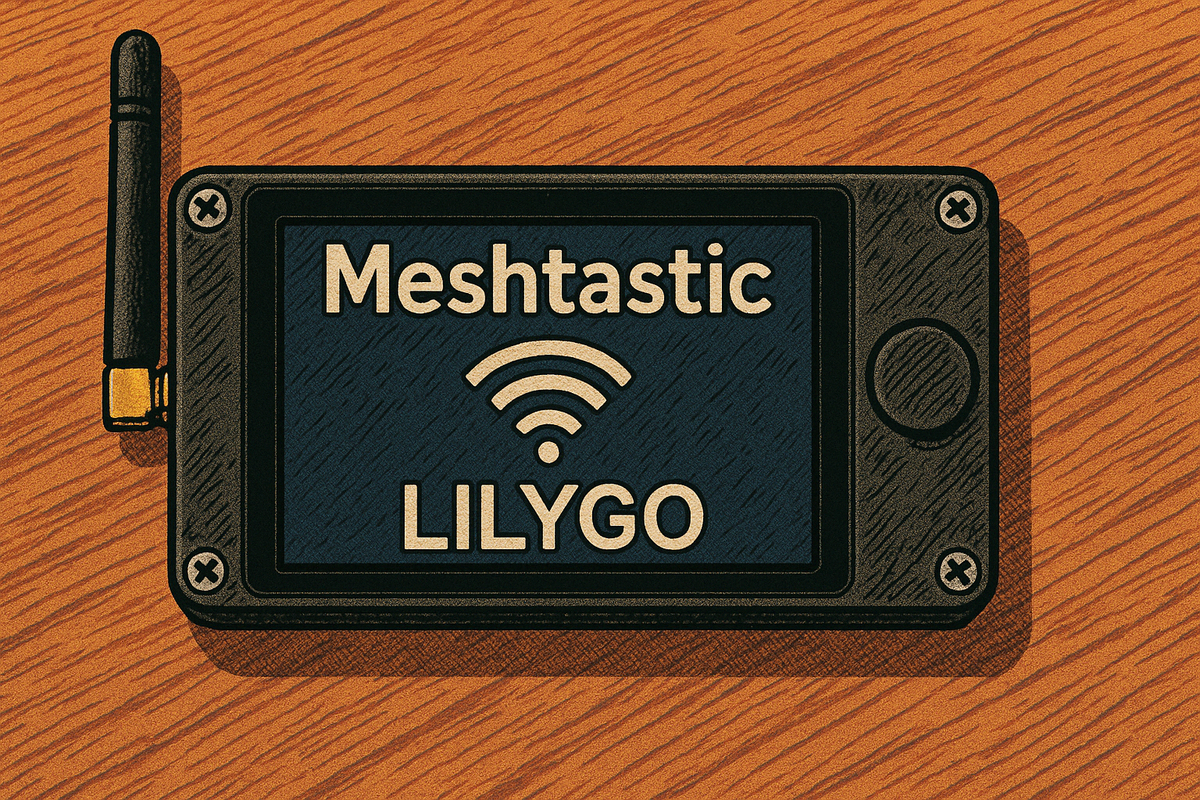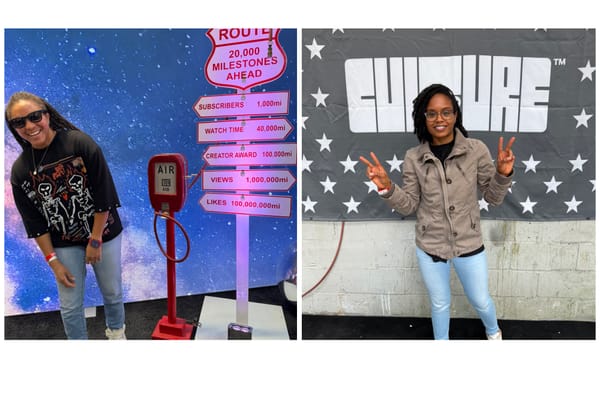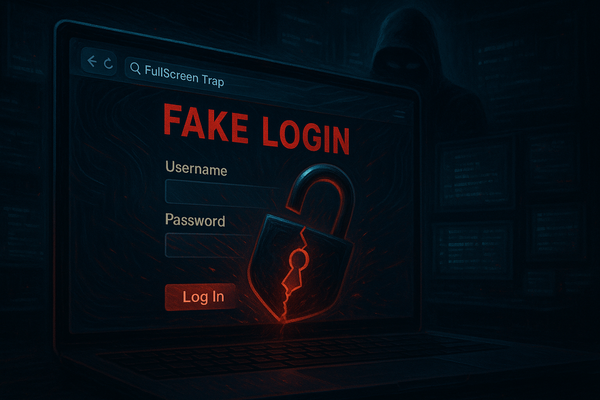Reviving RF Communication with Meshtastic

Author: David Sanchez

First, let me introduce myself. I am David, an old-school RM (Radioman, for those unfamiliar with Navy terms). I served for 20 years and eventually retired as an IT1. Back in the day, radio waves were the primary means of communication—I remember sending emails via an old SALTS (Standard Automated Logistics Tool Set) circuit, which was used to request supplies. We also managed the MARS (Military Auxiliary Radio System) circuit, allowing sailors to talk to their families while out at sea by using HF and a telephone patch to a HAM radio operator stateside. Fast forward to today, and given the current state of things, I figured it was time to get back to basics and RF again.
Wanting to prepare for emergencies, I began researching available communication technologies. That’s when I discovered Meshtastic—a low-cost, beginner-friendly and easy-to-use communication system. Intrigued, I decided to give it a try.
Curious and excited, I ordered two LilyGO T-Deck devices and two LoRa modules. I knew I’d have to 3D-print cases and source some batteries, but that was part of the fun. The T-Decks looked like miniature BlackBerry devices—with a QWERTY keyboard and an antenna port—while the HELTEC LoRa modules were compact, with LED indicators, antennas, and battery connectors. Big thanks to Rokland for the fast shipping—I had everything up and running in no time.
I set up a channel and began testing within my house. My wife, who is not exactly tech-savvy (she barely operates an iPad), was my perfect guinea pig. To my surprise—and delight—she picked it up quickly and had fun sending messages. This reassured me—if cell networks ever went down, she would still have a way to communicate. Locally, the system worked well, and occasionally, an unknown user would pop up on the network—proof that Meshtastic is gaining traction.
I set up a channel and began testing within my house. My wife, who is not exactly tech-savvy (she barely operates an iPad), was my perfect guinea pig. To my surprise—and delight—she picked it up quickly and had fun sending messages.
Then came DEFCON, and I was in for a whole new experience. I brought my device, unsure if others would be using Meshtastic, but I was excited to explore this old-school yet innovative technology that operates on the 915MHz frequency—essentially a digital walkie-talkie. You pair the device with your phone via Bluetooth, and you're good to go.
At its peak during DEFCON, I recall seeing 250+ users in the channel. It felt like watching Twitch chat during a major stream—messages flew by. The software allows you to create alternate channels and offers encryption to keep conversations private, which I highly recommend—unless you want all 250 people to see your messages! A quick word of caution: I’d avoid enabling GPS or app settings that broadcast your location. While it has its uses (like hiking or camping), it also carries risks depending on your environment. However, in the woods or while camping, it would be perfect.
At its peak during DEFCON, I recall seeing 250+ users in the channel. It felt like watching Twitch chat during a major stream—messages flew by.
In an era of expensive, over-complicated tech—and software that often demands licenses—it’s refreshing to return to simple, effective RF. It reminds me of why I fell in love with communication tech in the first place.
One last thing to mention—the range of 915MHz varies depending on the antenna you're using. On average, when obstructed by buildings, we achieved a range of 1-3 miles using pencil-length antennas.
This conversation has been lightly edited for flow and readability.
David G. Sanchez is a cybersecurity professional currently working at Elastic, where he helps organizations derive business value from Elastic's suite of solutions. With a strong background in cybersecurity and information systems, David brings a strategic approach to helping clients solve complex technical challenges. He holds a degree from Western Governors University and is based in O'Fallon, Illinois. David is passionate about using technology to empower secure, scalable, and efficient solutions for businesses.




